Ideas to Integrate the NGSS Science Practices
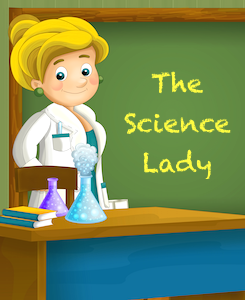
Our students are learning science when they are doing science themselves, and we need to engage them in every science lesson we teach.
My work this year is on helping teachers provide opportunities for students to engage in the eight practices identified by the Framework of K-12 Science Education, a component of the Next Generation Science Standards. They are:
- Asking questions (for science) and defining problems (for engineering)
- Developing and using models
- Planning and carrying out investigations
- Analyzing and interpreting data
- Using mathematics and computational thinking
- Constructing explanations (for science) and designing solutions (for engineering)
- Engaging in argument from evidence
- Obtaining, evaluating, and communicating information
Pursuing these practices is a huge change NOT just for teachers but for students too! Moving from teacher-centered science instruction to student-centered science learning is so very different that students are not necessarily ready to take on the roles of scientists, as the NGSS anticipates. My job is to help both teachers and students make that transition.
One piece of advice I have for you and one I often need to be reminded of myself is “Go Slow.” Do not beat yourself up when things don’t go exactly right the first time. I have experienced many of those days as I try to implement new ideas and lessons in real classrooms.
The image on the right says it so much better than I can. I need to give credit to my friend Peter McLaren. He used this image in a slide set he created as states and districts moved toward implementation of new science standards.
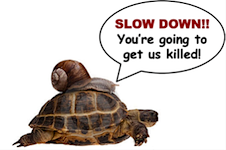
So, how do you get started?
How do we begin to integrate regular student-centered practice into science instruction? Well, every time I get ready to work with students on a science & engineering practice, I go to the Framework of K-12 Science Education and I read, highlight, take notes and make sure I really understand what we want the students to be doing.
Then I start with Practice 1 – asking questions in class. Here is what the Framework had to say about this practice (page 54):
The discussion about “Asking Questions and Defining Problems” goes on to say:
Asking questions is essential to developing scientific habits of mind. Even for individuals who do not become scientists or engineers, the ability to ask well-defined questions is an important component of science literacy, helping to make them critical consumers of scientific knowledge.
Scientific questions arise in a variety of ways. They can be driven by curiosity about the world (e.g., Why is the sky blue?). They can be inspired by a model’s or theory’s predictions or by attempts to extend or refine a model or theory (e.g., How does the particle model of matter explain the incompressibility of liquids?).
Or they can result from the need to provide better solutions to a problem. For example, the question of why it is impossible to siphon water above a height of 32 feet led Evangelista Torricelli (17th-century inventor of the barometer) to his discoveries about the atmosphere and the identification of a vacuum.
I chose Practice 1 as a beginning point because it is a high leverage practice – students will want to learn more if they are answering their own questions.
I also use another book I find extremely helpful for introducing practices called Helping Students Make Sense of the World Using Next Generation Science & Engineering Practices. It goes deeper into classroom examples and helps me create quality NGSS instruction I can use when in a workshop with teachers, doing a model lesson, or my favorite, co-teaching. Two brains are so much smarter than just one!
Questions for a purpose
Questioning is not a stand-alone skill. We are asking questions for a purpose – to help us better understand a core idea. I did some work with teachers and students in a force and motion unit and an energy unit. In both situations, we began with a phenomena and a guiding question that I knew would engage the students in multiple practices and move their science learning forward.
Here are two resources to assist you in helping your students to ask questions in science. For middle school this post at the NSTA Blog by Susan Cohen might be helpful: Asking Questions and Defining Problems by Making Cultural Connections. I also want to share a plan I used with third grade that could be applicable and useful for any grade: Asking Questions Learning Plan.
What can you do, beyond questioning, to get started implementing the practices? First, remember the practices aren’t for us as teachers but rather the students. My advice would be to choose a practice where you feel your students will be successful and give it a go.
You could start like I did with different phenomena and apply a practice to see where it might take your students. Check out what some of my colleagues have to say about phenomena in the Teaching Channel video NGSS EQuIP Rubric: Using Phenonema. And here’s a great three-page PDF, Using Phenomena in NGSS-Designed Lessons and Units, published by NGSS. It says in part:
By centering science education on phenomena that students are motivated to explain, the focus of learning shifts from learning about a topic to figuring out why or how something happens. For example, instead of simply learning about the topics of photosynthesis and mitosis, students are engaged in building evidence-based explanatory ideas that help them figure out how a tree grows.”
A phenomena that engaged me recently was this picture of a meteor shower. My first reaction was WOW! I wish I had seen this happen.
What practices might this image inspire? I’m thinking students would have many questions about this dramatic visual. One of my own questions is What is falling out of the sky? Where might the students’ questions lead? Maybe to do some research and guess what is going on. We know students will be engaged in Practice #8, “Obtaining, evaluating and communicating information.” What other practices might be involved?
Here’s another phenomena example. Why does food coloring look different when dropped in hot water versus cold water? What investigations (Practice #3) might we begin to help answer our question?
How might we develop a model (Practice #2) to help explain what we think is happening? I see numerous possibilities for engaging students here. And this tweet reminds me of Hot and Cold Colors from AAAS, another opportunity for students to engage in the practices of scientists and engineers.
Another engaging lesson idea
Here’s a lesson associated with learning about Matter in upper elementary or middle school. It provides students with the opportunity to argue with evidence ( practice #7 ) and construct a scientific explanation ( practice #6 ).
Start by reading the beginning of the Dr. Seuss book, Bartholomew and the Oobleck, where readers learn about the substance “Oobleck.”
Bored with rain, sun, fog, and snow, King Derwin of Didd summons his royal magicians to create something new and exciting to fall from the sky. What he gets is a storm of sticky green globs called Oobleck, which soon causes a royal mess.” (Amazon)
Students then make Oobleck and observe its properties. Students might compare the properties of Oobleck to properties of other solids and liquids. Students would make a claim about Oobleck as either a solid or a liquid, supported by evidence.
Some students may realize that Oobleck does not behave like other solids or liquids and it actually has properties of both. I wonder how their claim might read. Maybe they will want to explore the viscosity of Oobleck and compare it with the viscosities of other liquids. How will they collect the data? What conclusions might they draw from the data? Students will be analyzing and interpreting data (Practice # 4).
Students can also use mathematical and computational thinking to display and share the data (Practice # 5). After studying the data, what claims might students make about the properties of Oobleck? Consider asking students to construct explanations based on evidence and reasoning (Practice # 6).
Notebook practices
Sometimes evidence of NGSS science and engineering practices can be found in student science notebooks, if we look closely. The Science Notebook Rubric, a tool I developed with my colleagues Mary Starr, Hallie Mills, and others, can be used for looking at student learning in this way.
The use of science notebooks is a practice of professional scientists, not just our students. If you’ve read some of my earlier blog posts here, you know that one of my favorite new resources about notebooks (2017) is Notable Notebooks: Scientists and Their Writings.
Providing opportunities for our students to engage with the science & engineering practices is so very important in science instruction. Our students need to be “doing” science, and engaging with these practices ensures this happening in our classroom.

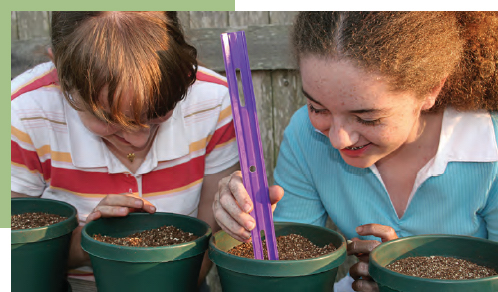
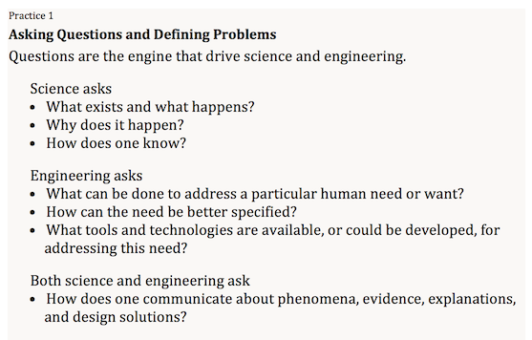
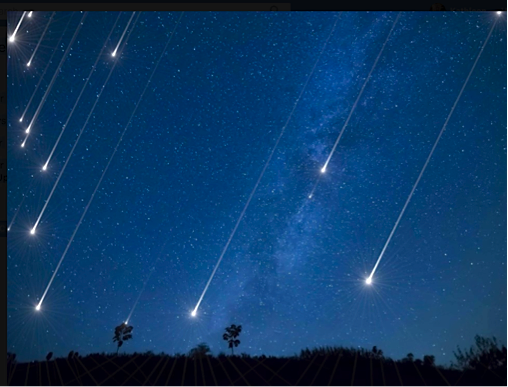
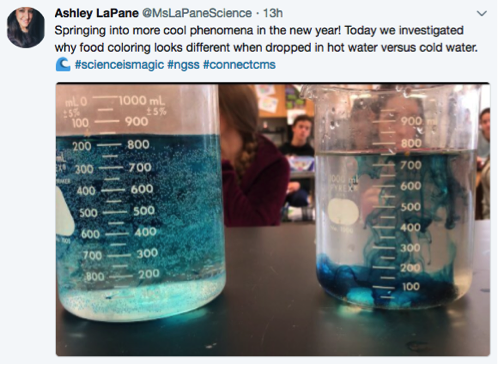
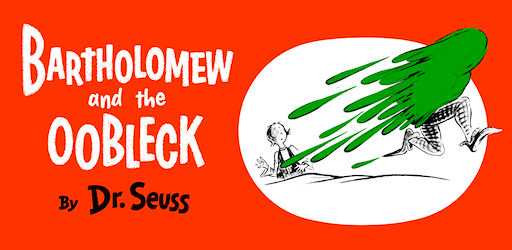
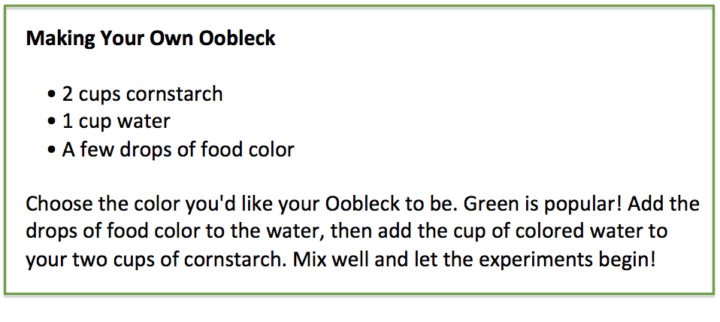




































Great article Kathy! Implementation is not a quick process.
This Periscope is a complement to this blog post . Check i it out!
https://docs.google.com/document/d/1r–TpHbjaDt1MS6cIL9dgzbHoe6-NH_HBfOgkDVX6mM/edit?usp=sharing